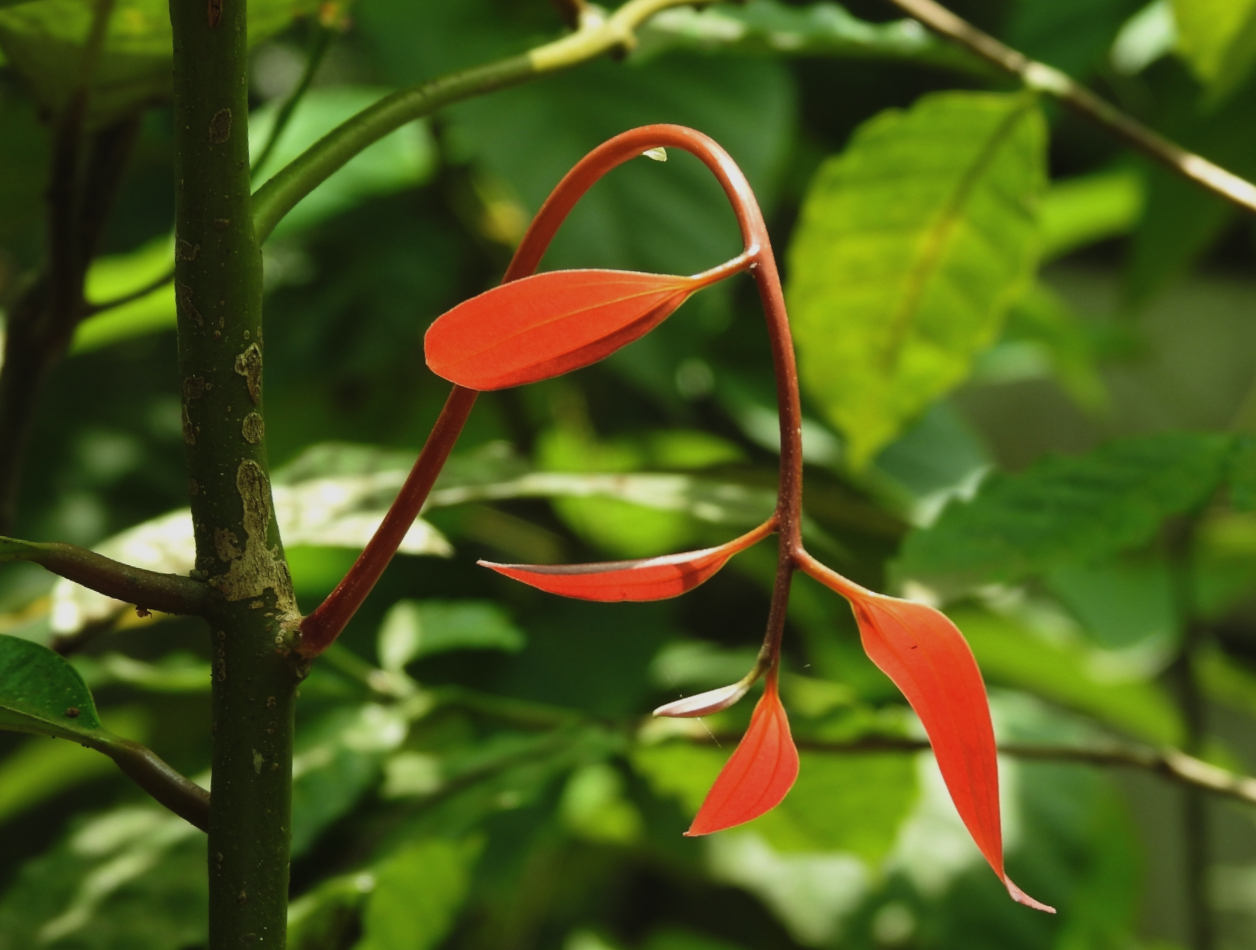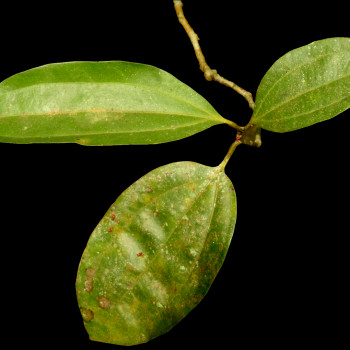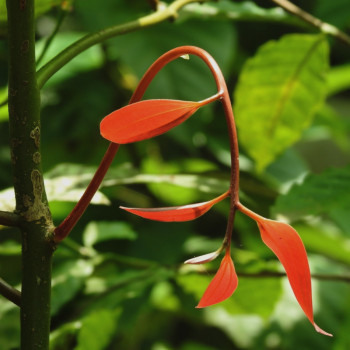Cinnamon

Scientific Name :
Cinnamomum verum J.S. Presl
Synonym(s) :
Cinnamomum zeylanicum Blume
Local/Common name(s) :
Karuva, Cinnamon
Family :
Lauraceae
Habit :
Tree
Flowering/Fruiting Time :
February-June
Habitat :
Evergreen and riparian forests, also cultivated
Endemic :
No
Status (IUCN) :
Distribution :
India, Sri Lanka, Myanmar, Malaysia; Kerala: throughout
Nativity :
Indigenous
Uses :
Medicine, Oil, Soft wood, Dye, Food, Perfume
Description (Morphology) :
Trees, to 20 m high, bark 8-10 mm thick, brown, rough, cracks vertical; branchlets glabrous. Leaves simple, opposite or subopposite, ovate, elliptic ovate or elliptic-lanceolate, apex acute to acuminate, base acute, margin entire, glabrous, coriaceous, 3-ribbed from base, prominent, glabrous; lateral nerves 3-6 pairs, obscure, pinnate, intercostae reticulate; petiole stout, glabrous, slightly grooved above. Flowers bisexual, in terminal and axillary, pedicel 7 mm long, pale yellow, 5 mm long, 6 mm across; perianth 8 mm, silky, tube campanulate, lobes oblong-lanceolate. Stamens 9 perfect, those of first and second rows opposite the perianth lobes, introrse and eglandular, those of third row opposite the first row, lateral, bearing 2 large glands at the base; staminodes 3, of the forth row opposite the second row, cordate and stipitate. Ovary half inferior, sessile. Fruit a berry, ellipsoid to oblong-ovoid, dark purple, surrounded by the enlarged perianth.




